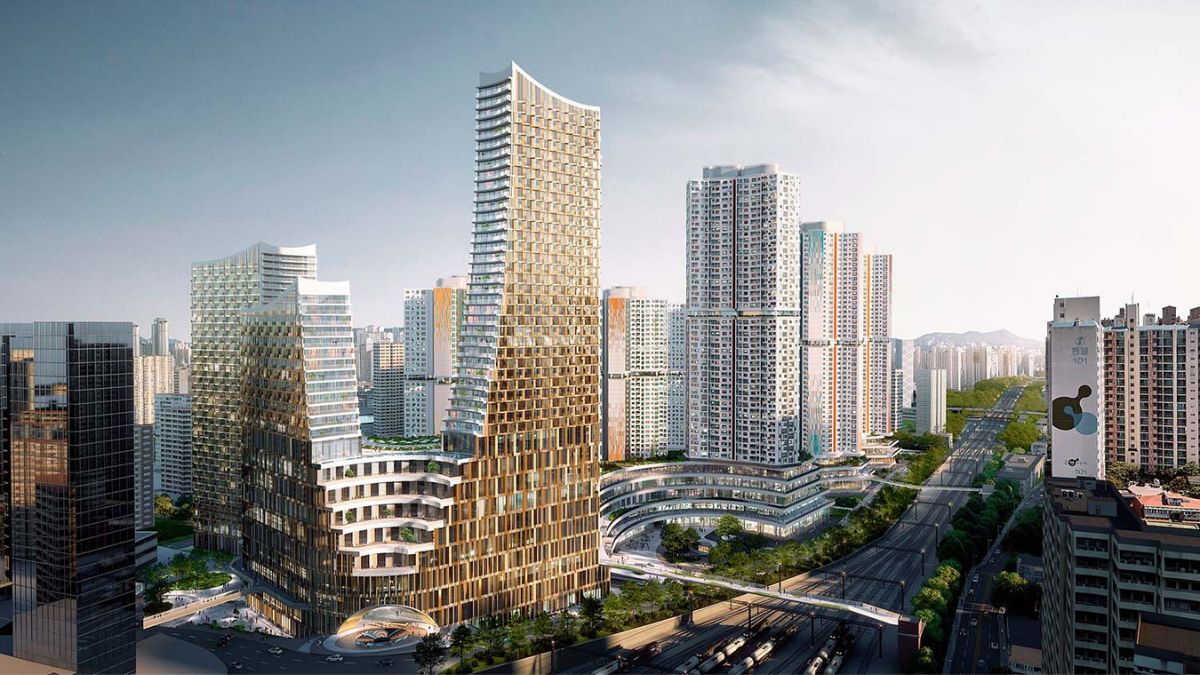 image credit:-The plan
image credit:-The plan
South Korea is embracing the concept of “15-minute cities” in urban planning, with Sejong being a focal point for this experiment. The idea is to create neighborhoods where residents can access most of their daily needs within a 15-minute walk or bike ride, promoting a more sustainable and community-focused lifestyle.
Sejong, established in 2007 as a new planned capital, is envisioned as a “smart city” with green and sustainable features. Despite its design and amenities, opinions on Sejong’s success vary. While it offers modern amenities like high-rise buildings, restaurants, schools, and grocery stores, critics argue that it lacks the vibrancy and accessibility to attract residents away from Seoul, the country’s bustling capital.
Seoul, on the other hand, is also exploring the concept of 15-minute neighborhoods. As a dynamic city, Seoul provides various coworking spaces and accommodations suitable for digital nomads, reflecting its adaptability to modern urban lifestyles.
A 15-minute city is an urban planning concept that aims to create neighborhoods where residents can access most of their daily needs within a 15-minute walk or bike ride. This model promotes mixed-use development, placing commercial services, transportation, recreational facilities, and other amenities within a short trip that does not require using a personal vehicle. The goal is to enhance accessibility and reduce car dependency, ultimately leading to more livable, accessible, and sustainable urban environments.
The concept of a 15-minute city draws from existing urbanist models and traditional pre-car cities, emphasizing the importance of walkability, compact neighborhoods, and access to essential services. By prioritizing sustainable and active transportation modes like walking and biking, the 15-minute city model aims to reduce carbon emissions and improve environmental sustainability. Additionally, the model promotes the creation of quality green spaces within cities, which not only enhances the aesthetic appeal but also contributes to improved air quality, biodiversity, and overall environmental health.
This approach aims to reduce the reliance on cars, promote sustainable modes of transportation, and create more vibrant, inclusive communities. By encouraging mixed-use development and prioritizing pedestrian-friendly infrastructure, such as bike lanes and green spaces, the 15-minute city model seeks to enhance the quality of life for residents while reducing carbon emissions and improving overall environmental sustainability.
